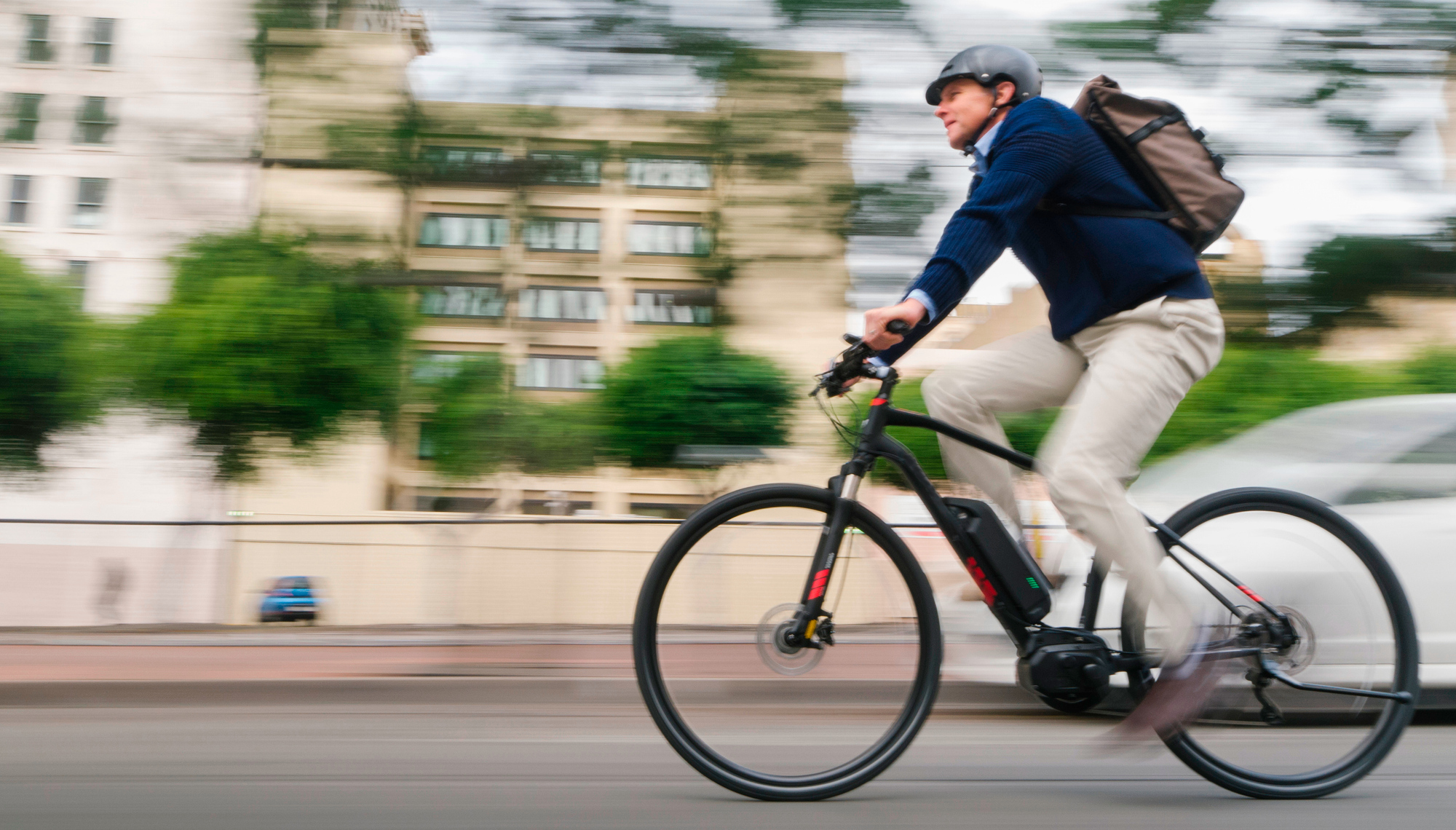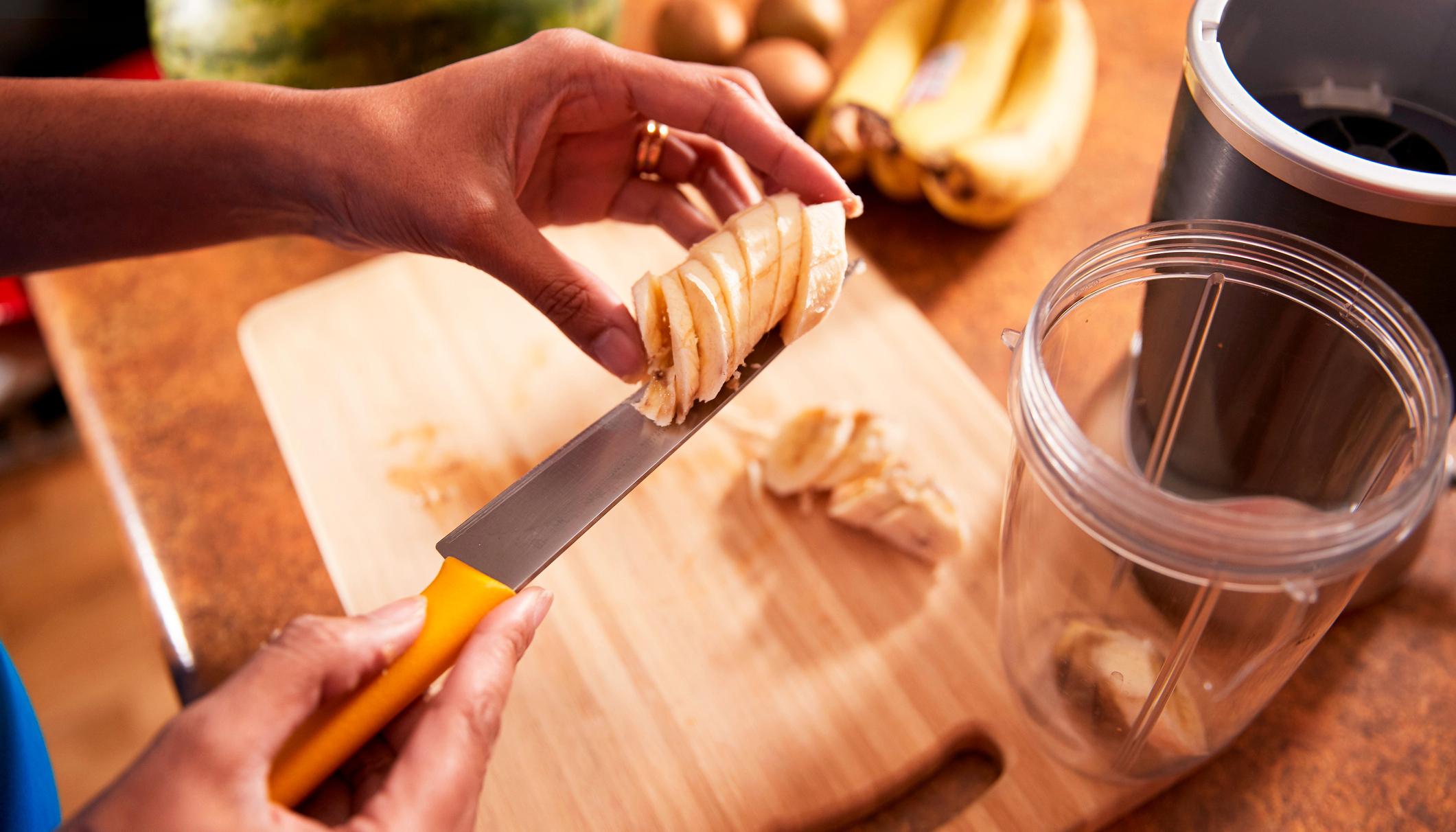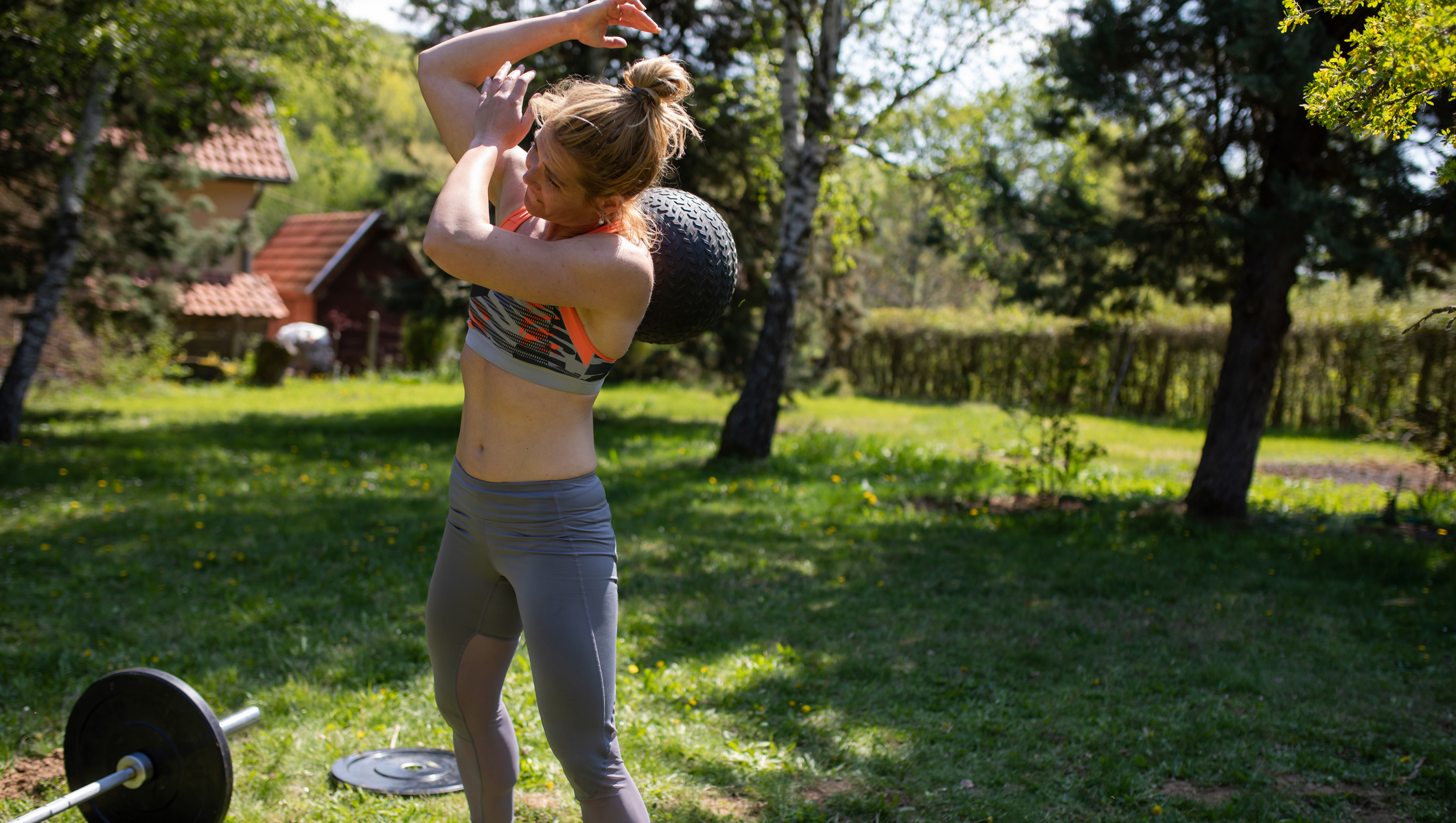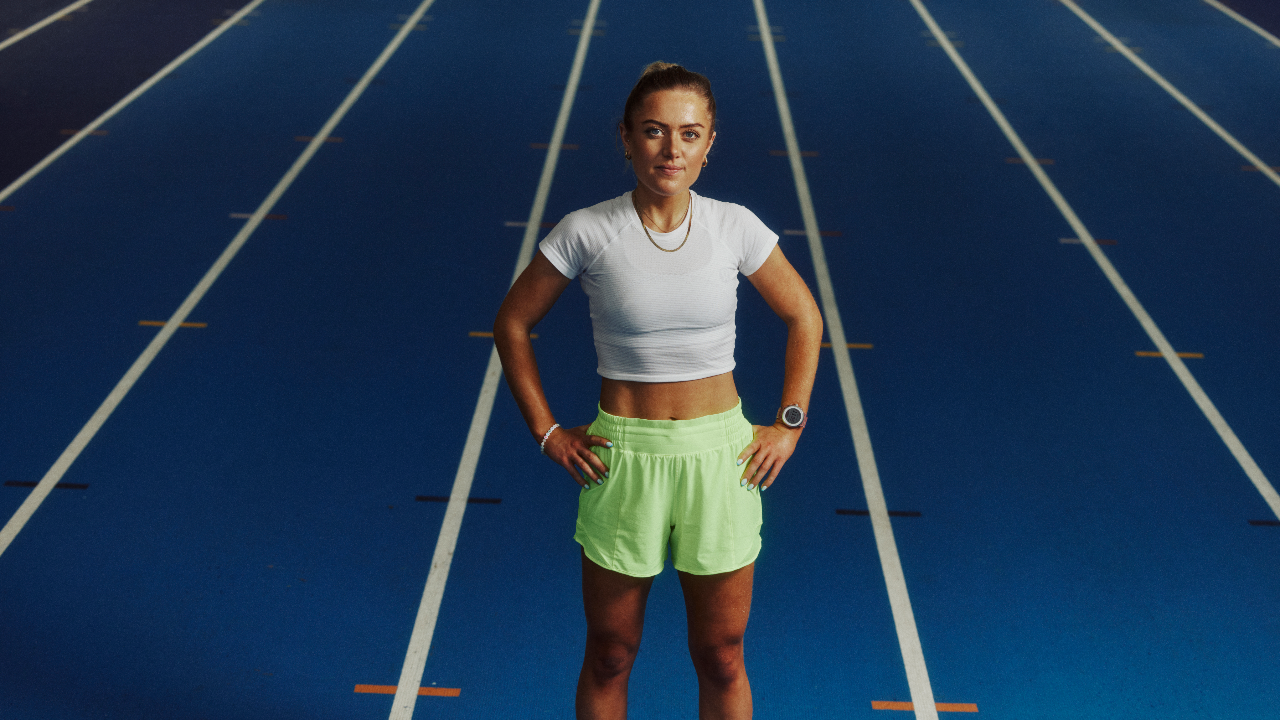A Strongman Champion Reveals How To Beast Tyre Flips
Use tyre flips to build real functional fitness, says Jack Lovett, champion strongman and owner of Spartan Performance Gym

The benefits of tyre flips
Tyre flipping is a movement with huge benefits for many people, but it’s often misunderstood or done wrong. If you want to get all the rewards, you need to understand the move.
Firstly, it’s a full-body stimulator. There isn’t a single muscle this exercise won’t recruit and strengthen, including stabilising muscles, which is something traditional barbell and dumbbell movements can’t claim. I find it’s particularly beneficial for contact sport athletes as a bridge between the weights room and the playing field.
It helps develop force from the ground up, because all flips require an explosive lower-body drive that extends up into triple extension and through the hands. Tyre flipping can also be used to develop endurance, benefiting athletes and non-athletes alike.
Finally, tyre flipping helps develop a formidable level of mental toughness – it’s not something you can approach casually. Suitably weighted tyres require total commitment and complete application, and in my experience the best results always come from such effort. Here’s how to get the most out of this fantastic exercise.
Go big or go home
Rather than let my athletes start with tiny tyres and work up, I start my entry-level or beginner clients with 250-300kg, and work up to 300-350kg for experienced/heavier clients. There are two key reasons for this. Firstly, the tyre needs to be heavy enough to elicit the required training effect, and secondly, depth is crucial.
Your tyre should be a minimum of 20in (51cm) thick to allow the athlete to get into the optimal tyre-flip position – thinner tyres encourage a “sumo deadlift” lifting position, also known as the “biceps tearing” position. If you find yourself setting up with your shins close to the tyre, back rounded and arms inside your legs, you’re going to end up lifting with your arms instead of your legs and back.
So aim for a big tyre, but also remember that tyres are not a standard piece of professional gym equipment – they are mostly used or damaged, and very worn. I strongly advise using a tyre with a suitable edge to ensure a safe and secure grip
Get the Coach Newsletter
Sign up for workout ideas, training advice, reviews of the latest gear and more.
Run the numbers
Here’s a little secret: tyre flipping isn’t that hard. You never lift the total weight, and I have many athletes who can’t squat with double their bodyweight tearing through triple bodyweight tyres or even heavier. A successful flip depends on how you flip the tyre. Is it slowly and passively (which makes it feel heavier) or is it explosively and aggressively (so it feels light)?
With all that in mind I like to focus my clients’ training on achieving roughly the below standards before considering the 300kg tyre:
- Squat: 1.75-2 x bodyweight or 200kg (whichever comes first)
- Deadlift: 2-2.5 x bodyweight or 220kg (whichever comes first)
- Bench press: No required standard but I do like 140kg as a minimum target for committed men
- Clean: No specific standard but the better you are, the more potential you have for a good tyre flip
Clean up your technique
This is your set-up for a solid tyre flip:
- Put your chin on the tyre lip.
- Drive your chest and shoulders into the tyre wall but not over it (the hazard with too narrow a tyre and sumo stance lifts).
- Stand with feet back from the tyre to facilitate a forward lean – the angle should be roughly 45˚ but this will vary depending upon individual biomechanics and lever length as well as tyre size.
- Flip with the legs and not the arms.
- Explode from the start. You aren’t getting paid by the hour! Be aggressive.
The biggest mistakes I see in tyre flipping come from not being aggressive enough. If you do just enough to get it off the ground and then fight the tyre up by any means, you’re going to get a slow and ugly flip. The tyre will clear your knees from the initial drive if your execution is explosive enough, at which point it more or less flips itself.
Backing off from the tyre is also a big no-no when I’m coaching. Anyone who partially flips the tyre then has to back off slightly as the tyre falls backwards is not getting the benefit – it won’t get you more explosive and stronger. It’s also an injury risk.
Move on up
Nobody needs to flip a 500kg tyre. We have one at Spartan Performance, but it certainly isn’t required flipping for all. Many of the benefits of tyre flipping can be achieved in the 300-350kg range, and I reserve the 500kg for strength athletes who have them in an upcoming contest at that weight.
If you have solid technique and a strong base of gym numbers, these sets and reps can be useful to progress in tyre weight.
- 6-10 singles (2-3min rest) @ 300kg
- 8-10 singles (90sec rest) @ 300kg
- 5-6 x 3-5 (2min rest) @ 300kg
- 3-4 x 8-10 (2min rest) @ 300kg – not required, but I like using this
- Repeat steps 1-4 @ 325-350kg and move on when you can
At the northern qualifier for sub-105kg strongman this year at Spartan Performance, the best result was nine flips of a 500kg tyre in 75sec. You don’t need to get that strong, but you can certainly improve on what you’re doing now – and if you approach it with the right mixture of intelligence and aggression, you’ll do it without injury.
For more from Jack Lovett visit spartanperformance.co.uk









